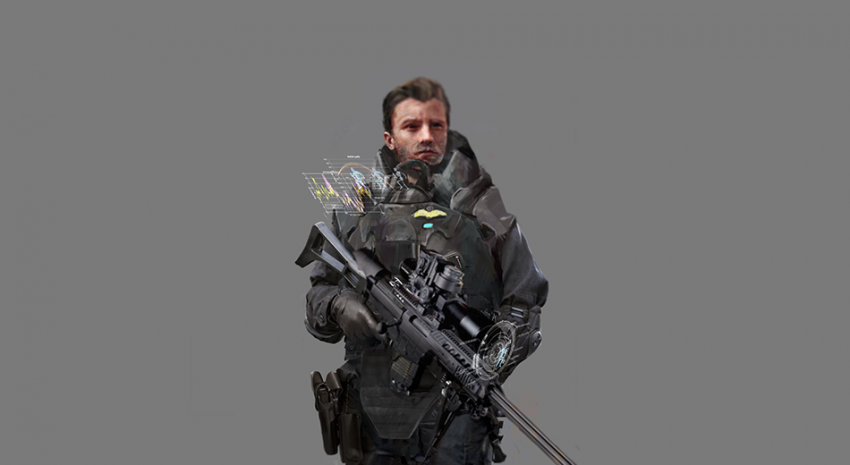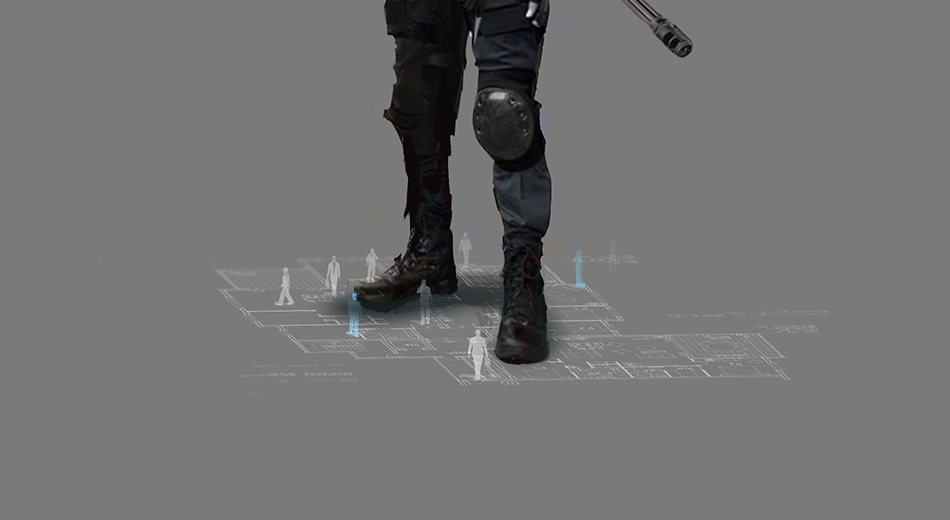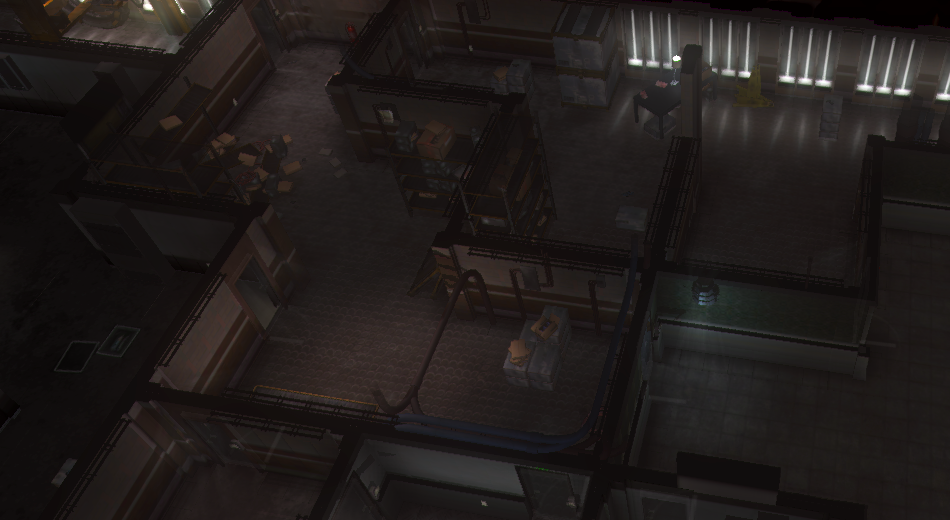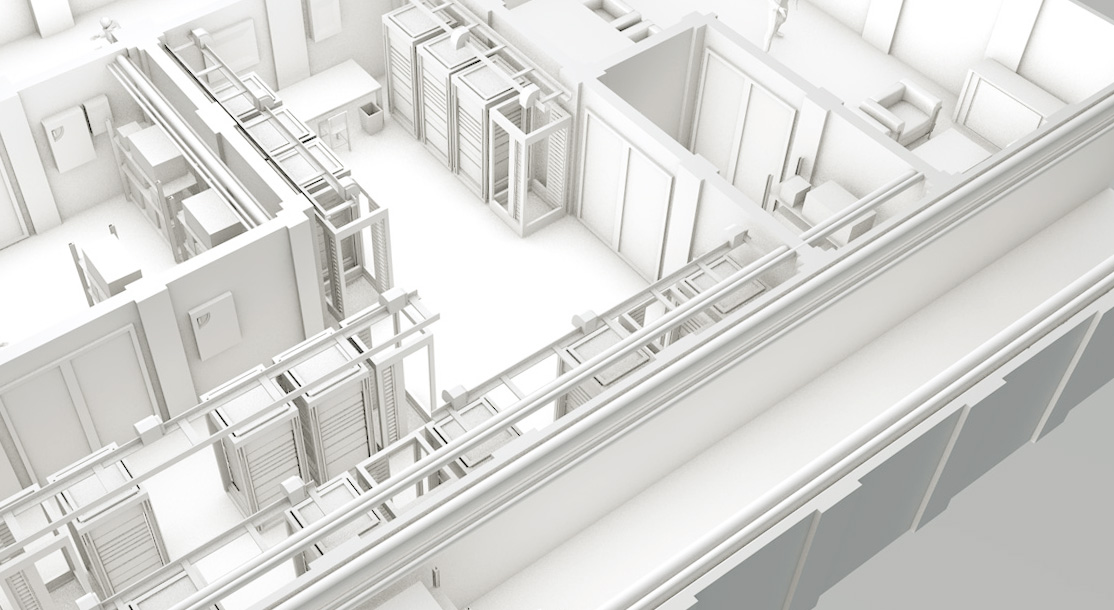Creating your own abilities
We’re quite pragmatic in our approach of designing game mechanics. Throughout our lives we played tons of multiplayer games, from Fallout Tactics (say what?), World of Warcraft to days on end of Assassin’s Creed multiplayer. Looking for what really makes multiplayer work for us.
A lot of singleplayer games made us cringe for the lack of a proper multiplayer, and a lot of games that did have multiplayer made us cringe for the horrible execution. Multiplayer can be incredible, when done correctly it highlights the most interesting elements of competition and Technique, mechanics, is knowing the ins and outs of a character that I created myselfteamwork. Competition being more interesting than beating the patterns of a computer, playing together fulfilling the very primal social feel-good of learning, teaching, solving problems and beating your opponents by knowing and understanding your friends.
We don’t want to have the player spending hours a day surfing for ‘builds’, when he could be coming up with cool stuff that’s unexpected, looking at the system and being creative. Fallout tactics had us building dogs that could sneak behind enemy lines and blow itself up on unsuspecting enemies, not looking around for cookie cutter ways to play the game; or perfecting your ‘last hitting’ technique. Technique, mechanics, is knowing the ins and outs of a character that I created myself; being surprised by the enemy’s setup and thinking steps ahead when I know what he’s putting on the table. Most of this rather creative free-form gameplay is limited to single-player games.
This meant we couldn’t simply follow-up on existing multiplayer games and slightly improve upon them. We love playing League of Legends, but we are hardly interested in swapping a few things around (or god forbid, adding just another system for the sake of it such as base building) and calling it ‘new’. It’s not about playing some ‘innovation’ that doesn’t really work, it’s about playing a game that work so well it becomes practically indivisible. We don’t want to make a cocktail out of everything, just the ingredients that really ask for each other (as once spoken very deliberately by a grand cocktail master).
We start out, as real designers, not with the final idea of what the shape of our game will be like. We hardly care whether it will be turn based or 256 versus 2 players. We don’t make a zombie movie because zombies are scary, because we consider that an ill-advised approach. If you want to make something really scary, you investigate and explore what really makes things scary and you build that to perfection. You try to nail the essence.
a playstyle that is both personal and interesting, we want agency
So instead we take a few critical design criteria or goals and work from there, having absolutely (I tend to exaggerate) no idea what the game is going to be like except for those guidelines. One of those criteria has already been mentioned, we want to be able to put together a playstyle that is both personal and interesting, we want agency. So we look at Warcraft’s ‘classes’ and League of Legend’s characters and with tears in our eyes, lovingly remembering Fallout’s character customization, and exploding dogs.
We realize that there’s a lot of re-use in all those trees, characters, options, talents, abilities; so we considered the possibility to bring these down to their core elements. When you ignore their narrative (ice, fire, godly powers!), what you can really do boils down to something simpler and much more similar. For example: positioning, damaging projectiles, damage within an area, healing. At the same time we know that combining them and giving them ‘unique’ aspects is what makes them interesting. Taking League of Legends as example, Singed’s primary ability is the gas cloud; it’s a continuous area of effect damage spell that decays over time.
How we approached this is simple (though both rocket science and art are essentially about simplicity): there will be area of effect damage abilities. So in fact this is the core ability; in our system this is called a primary ability, and we call it ‘Blast Radius’; it’s an area of effect damage spell that you can activate for a single point.
Now, you can completely build a whole new playstyle out of that ability by expanding it with a secondary ability: ‘Sure Fire’ makes it continuously fire at a short interval, only disabling when you run out of mana. Add another secondary ability and you extend the duration of the area of effect damage: ‘The smell of morning’ makes that stuff stick around for a bit, so your enemies will keep receiving damage if they stay in that area of effect. To make sure that your area of effect damage trail isn’t completely overpowered we have mechanics and controls in play (such as the two-tiered ability system and the mana) to balance these abilities instead of having to balance each individual ‘character’, ‘class’ or playstyle.
you do not have to learn over a hundred slightly different characters
An additional (and totally free) benefit we gain from this is that as a player you do not have to learn over a hundred slightly different characters; like playing with Legos you need only to understand the basic concept of fitting bricks together, not memorizing the thousands of different boxes in existence.
So this is how we cook, not with a recipe, but by developing a sense of taste (and discovering some funky new things along the way!).






